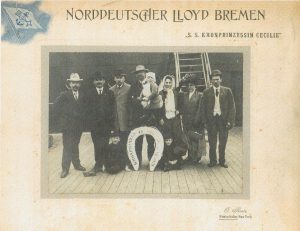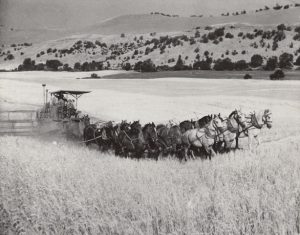 Several years ago my mother gave me a family picture that is unlike most family pictures; in fact, without the identifying information on the back, it doesn’t seem to be a family picture at all. Thank goodness for the label, which gives a ton of information, not only about the location, date, and people, but also about farming practices at the time. Continue reading Contributing citizens
Several years ago my mother gave me a family picture that is unlike most family pictures; in fact, without the identifying information on the back, it doesn’t seem to be a family picture at all. Thank goodness for the label, which gives a ton of information, not only about the location, date, and people, but also about farming practices at the time. Continue reading Contributing citizens
Category Archives: American History
Lost to history

I recently read a book by Ellen Marie Wiseman entitled What She Left Behind. Among other themes in the book, it depicted the treatment of a woman who was committed to an asylum in early 1920 by her father. The main character was committed because she reacted strongly to a marriage arranged by her parents; she displayed outbursts of emotion. The author of What She Left Behind describes the conditions in an asylum based on the Willard Asylum in Ovid, New York, during the early twentieth century. Often, when I’m reading fiction, I think about my family tree and those living during the years in which the novel takes place. Were there individuals in my own family tree who “went mad” or were sent to live in an asylum? Were these episodes recognized as depression or mental illness; or was a person abandoned, without family to care for them and, thus, committed? Continue reading Lost to history
Counting up
 Sometimes it is best not to count things. I have just finished my spreadsheet listing all marriages in Torrey’s New England Marriages Prior to 1700 that took place in or prior to 1643 for individuals who arrived in New England after 1640 (with a whole bunch whose date of arrival is not known). Guess how many make the list?
Sometimes it is best not to count things. I have just finished my spreadsheet listing all marriages in Torrey’s New England Marriages Prior to 1700 that took place in or prior to 1643 for individuals who arrived in New England after 1640 (with a whole bunch whose date of arrival is not known). Guess how many make the list?
As I start writing, the total is 1,182, although I am still culling out some duplicates, and there will be others who get eliminated for one thing or another, as we’ll see below. If I can figure out how to complete 100 sketches per year (instead of in 5 years), I will have this batch done by the time I am 82. Continue reading Counting up
Lasting connections
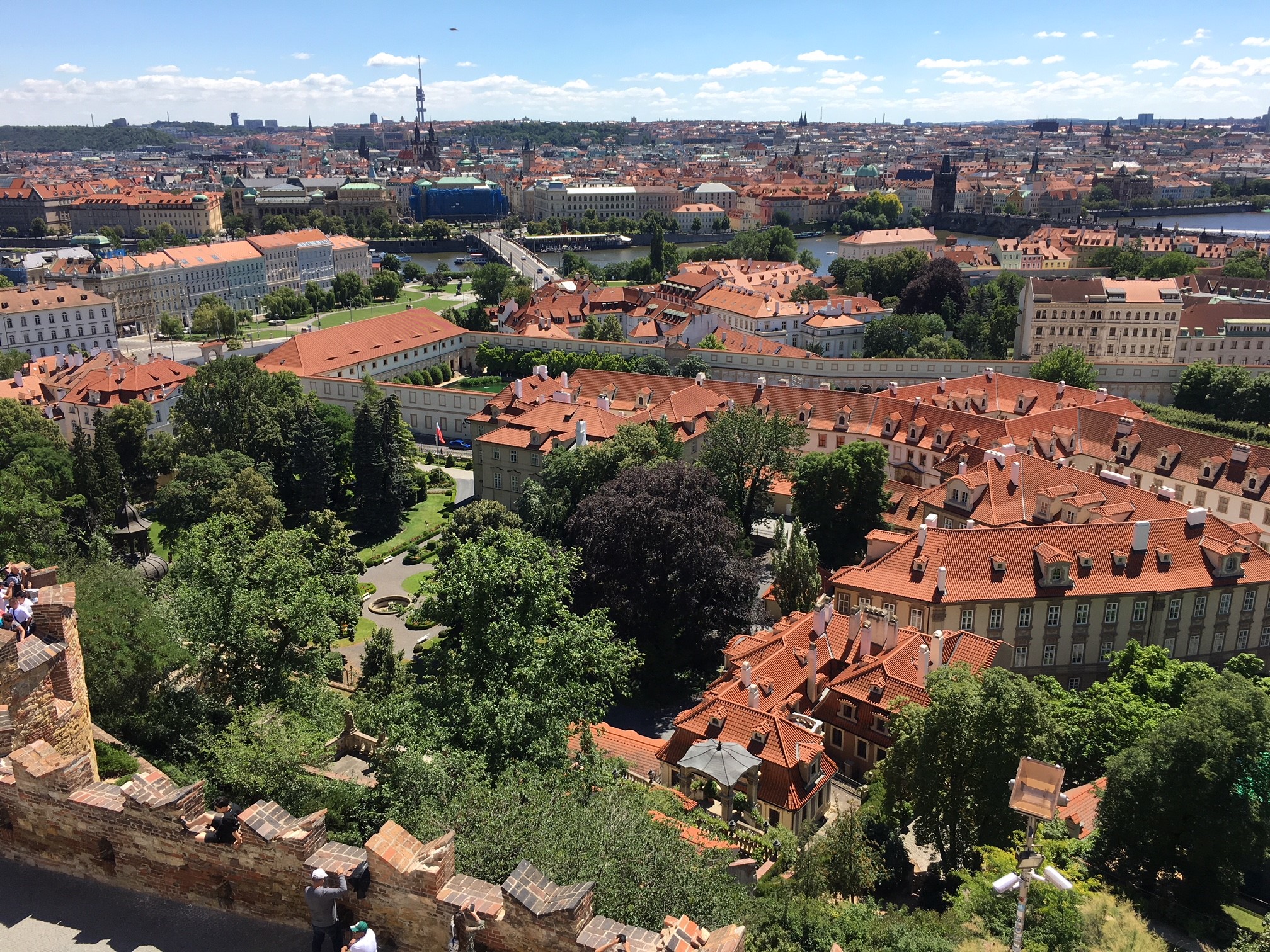
I was recently on holiday in London and Prague, and in the latter city I had a rather serendipitous encounter, as it seemed – but perhaps was not! While touring the Lobkowicz Palace at Prague Castle – an impressive structure in its own right, but only a small part of the Castle, which looms over the city – I walked up to a portrait of Princess Leopoldine Lobkowicz (1867–1936) by her contemporary Philip de László (1869–1937). As I was on a tour being led by Leopoldine’s great-great-great-nephew, and as I was about to meet the artist’s great-grandson for dinner in London, this coincidence seemed rather propitious. Continue reading Lasting connections
ICYMI: Researching family heirlooms
[Editor’s note: This blog post originally appeared in Vita Brevis on 23 January 2017.]
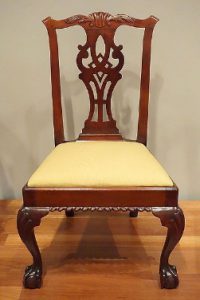
The Research Services team at NEHGS is occasionally approached with questions relating to the history of ownership (i.e. provenance) of a particular family heirloom. These questions are usually supplemented with stories about the heirloom’s first owner and how the object was acquired. Genealogists are uniquely qualified to carry out provenance research due to their familiarity with and frequent use of two sources commonly used in provenance research: wills and estate inventories. However, before consulting any of these sources, a serious study of an heirloom’s provenance should begin by studying the object itself.
To illustrate how the study of an object is crucial to provenance research, consider the following hypothetical scenario: An individual is interested in documenting the ownership of a piece of heirloom furniture (a side chair) that has been in the family for multiple generations. For the purpose of this exercise, let’s say that the chair is similar in form to the image at left, and that the chair is not a reproduction. Continue reading ICYMI: Researching family heirlooms
Gropius in New England
 In 1919, Walter Gropius founded the Bauhaus, a German school of design combining art, crafts, and industrial technology. This modern form of design favored clean lines rather than ornamentation – creating elegance in practicality, economy of form, and attention to materials. The Nazis, however, did not favor this minimalist school of design, and closed the school in 1933. Continue reading Gropius in New England
In 1919, Walter Gropius founded the Bauhaus, a German school of design combining art, crafts, and industrial technology. This modern form of design favored clean lines rather than ornamentation – creating elegance in practicality, economy of form, and attention to materials. The Nazis, however, did not favor this minimalist school of design, and closed the school in 1933. Continue reading Gropius in New England
Classroom roots

A time of major transition – I just retired from teaching after a wonderful run of thirty-five years. No one who knows me well asks: What will you do [more of] next? While genealogy, per se, was not part of the prescribed English and history curriculum, that quest always played in the background and sometimes assumed center stage. Particularly in the teaching of American history, it became the hook which anchored students to a personalized past.
Every Thanksgiving, I would manage to sneak in a lesson on William Bradford, my great-great-great-great-great-great-great-great-great-grandfather, that usually began with a recitation from Of Plimoth Plantation, committed to memory: “It is well known unto the godly and judicious…” What impressed my students more than a hearty declamation of the text was that I could recount my descent from Bradford. During my first year of teaching, when seniors just a few years younger than I sorely tried me, one student stayed after class to talk to me. “Don’t tell my friends I told you this, but I am a descendant of John Alden. Have you heard of him?” Continue reading Classroom roots
‘The first of their fellow citizens’
 The life and legacy of Alexander Hamilton, America’s first Treasury Secretary, has penetrated the wider public consciousness ever since the release of Lin Manuel Miranda’s Hamilton: An American Musical.
The life and legacy of Alexander Hamilton, America’s first Treasury Secretary, has penetrated the wider public consciousness ever since the release of Lin Manuel Miranda’s Hamilton: An American Musical.
The musical touts Hamilton’s connection to his adopted home, New York City, and in truth his name is found on streets and buildings across Manhattan. Meanwhile, though Boston was a stronghold of his fellow Federalists, Hamilton did not spend much time in the city during his lifetime. As such it is peculiar that his statue can be found on the Commonwealth Mall in Boston’s Back Bay. Continue reading ‘The first of their fellow citizens’
Finding peace
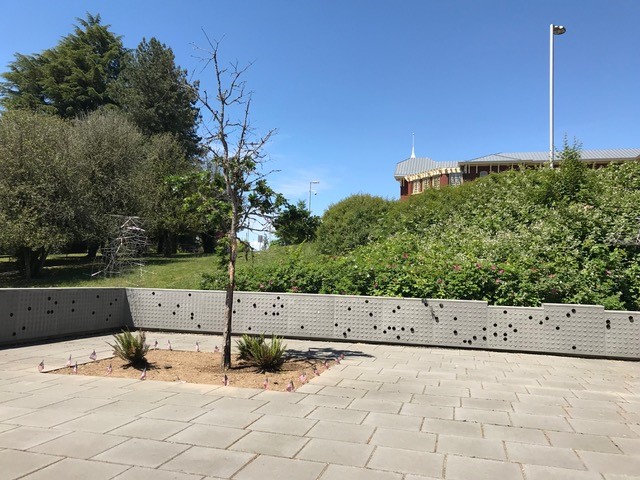
If you do family history long and broadly enough (searching out great-great-aunts and fifth cousins, as well as your direct ancestors), you’re sure to find them: family members whose census or burial records indicate that they were living in a state hospital or similar institution. Continue reading Finding peace
To be American
I grew up with an understanding that I had German and Irish roots. My paternal grandfather would often pull out a few German phrases he learned from his grandparents. On my mother’s side my cousins and I all took great pride in being “Kiley girls.” While these identities were strong in my upbringing, it wasn’t until I was older that I realized my most recent immigrant ancestor was not German or Irish, but Czech – an identity that was not impressed upon me at all.
